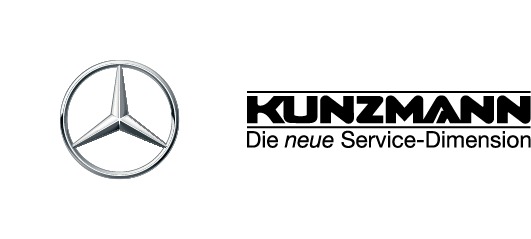Editor’s note: This post is a part of our Meet the Omnivore series, which features individual creators and developers who use NVIDIA Omniverse to accelerate their 3D workflows and create virtual worlds.
Vanessa Rosa
Vanessa Rosa’s art transcends time: it merges traditional and contemporary techniques, gives new life to ancient tales and imagines possible futures.
The U.S.-based 3D artist got her start creating street art in Rio de Janeiro, where she grew up. She’s since undertaken artistic tasks like painting murals for Le Centre in Cotonou, Benin, and publishing children’s books.
Now, her focus is on using NVIDIA Omniverse — a platform for connecting and building custom 3D pipelines — to create what she calls Little Martians, a sci-fi universe in which ceramic humanoids discuss theories related to the past, present and future of humanity.
To kick-start the project, Rosa created the most primitive artwork that she could think of: mask-like ceramics, created with local clay and baked with traditional in-ground kilns.
Then, in a sharply modern twist, she 3D scanned them with applications like Polycam and Regard3D. And to animate them, she recorded herself narrating stories with the motion-capture app Face Cap — as well as generated AI voices from text and used the Omniverse Audio2Face app to create facial animations.
An Accessible, Streamlined Platform for 3D Animation
Prior to the Little Martians project, Rosa seldom relied on technology for her artwork. Only recently did she switch from her laptop to a desktop computer powered by an NVIDIA RTX 5000 GPU, which significantly cut her animation render times.
Omniverse quickly became the springboard for Rosa’s digital workflow.
“I’m new to 3D animation, so NVIDIA applications made it much easier for me to get started rather than having to learn how to rig and animate characters solely in software,” she said. “The power of Omniverse is that it makes 3D simulations accessible to a much larger audience of creators, rather than just 3D professionals.”
After generating animations and voice-overs with Omniverse, she employed an add-on for Blender called Faceit that accepts .json files from Audio2Face.
“This has greatly improved my workflow, as I can continue to develop my projects on Blender after generating animations with Omniverse,” she said.
At the core of Omniverse is Universal Scene Description — an open-source, extensible 3D framework and common language for creating virtual worlds. With USD, creators like Rosa can work with multiple applications and extensions all on a centralized platform, further streamlining workflows.
Considering herself a beginner in 3D animation, Rosa feels she’s “only scratched the surface of what’s possible with Omniverse.” In the future, she plans to use the platform to create more interactive media.
“I love that with this technology, pieces can exist in the physical world, but gain new life in the digital world,” she said. “I’d like to use it to create avatars out of my ceramics, so that a person could interact with it and talk to it using an interface.”
With Little Martians, Rosa hopes to inspire her audience to think about the long processes of history — and empower artists that use traditional techniques to explore the possibilities of design and simulation technology like Omniverse.
“I am always exploring new techniques and sharing my process,” she said. “I believe my work can help other people who love the traditional fine arts to adapt to the digital world.”
Join In on the Creation
Creators and developers across the world can download NVIDIA Omniverse for free, and enterprise teams can use the platform for their 3D projects.
Learn more about NVIDIA’s latest AI breakthroughs powering graphics and virtual worlds at GTC, running online Sept. 19-22. Attend the top sessions for 3D creators and developers to learn more about how Omniverse can accelerate workflows, and join the NVIDIA Omniverse User Group to connect with other artists. Register free now.
Check out artwork from other “Omnivores” and submit projects in the gallery. Connect your workflows to Omniverse with software from Adobe, Autodesk, Epic Games, Maxon, Reallusion and more.
Follow NVIDIA Omniverse on Instagram, Twitter, YouTube and Medium for additional resources and inspiration. Check out the Omniverse forums, and join our Discord server and Twitch channel to chat with the community.
The post Meet the Omnivore: Artist Fires Up NVIDIA Omniverse to Glaze Animated Ceramics appeared first on NVIDIA Blog.







